Compared to last week, western Canadian yearling markets traded $2 higher to as much as $5 lower. A softer tone was noted on yearlings in the eastern Prairie regions. Calf […] Read more
Tag Archives jerry klassen
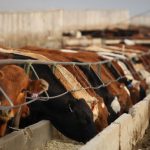
Klassen: Stronger barley prices limit upside for feeder cattle complex
Feedlot operators make barley purchases, price feeder cattle accordingly
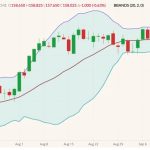
Klassen: April live cattle futures pull nearby cash feeder market higher
More feedlots switching back to barley
Compared to last week, western Canadian yearling markets traded steady to $3 higher on average. Quality yearling packages of larger volume traded $2-$3 above week-ago levels. The calf market is […] Read more

Klassen: Feeder market ratchets higher
Compared to last week, western Canadian yearling prices markets traded $2-$5 higher on average. Calves were quite variable. This was the first week when larger groups of calves were featured […] Read more
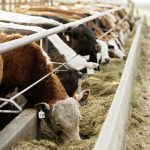
Klassen: Feeder markets digest StatCan data
Barley crop expected up 34 per cent on year
Compared to last week, western Canadian yearling markets traded steady to $2 higher. Yearling prices have strengthened by $8-$10 over the past four weeks. Calf values were relatively unchanged but […] Read more

Klassen: Stronger fed market supports feeder complex
Compared to last week, western Canadian yearling markets traded $2-$4 higher on average. Heavier calves over 700 lbs. continued to climb, notching gains of $2-$4. Calves weighing 500-700 lbs. were […] Read more
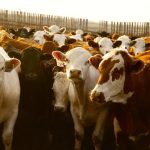
Klassen: Alberta yearling market makes fresh 52-week high
The western Canadian feeder cattle market is in price discovery mode. There was a light test of yearlings and calves this past week, with prices setting fresh 52-week highs. New-crop […] Read more

Klassen: Feeder market experiences calm before upcoming storm
Compared to last week, western Canadian feeder cattle markets traded $2-$4 on either side of unchanged. Once again, overall volumes were limited, with small strings and singles moving through auction […] Read more
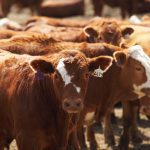
Klassen: Tighter fundamentals support feeder complex
Compared to last week, western Canadian yearling prices were steady to $2 higher on average while calf markets were up $2-$4. There was an increase in activity over the past […] Read more
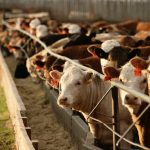
Klassen: Feeder cattle market adjusts for lower barley prices
Compared to last week, western Canadian yearling prices climbed $2-$4 on average. Calf markets were unchanged. For the second week in a row, the market was hard to define due […] Read more

Klassen: Feeder cattle trade at 52-week highs
New-crop feed grain values under pressure
Compared to last week, western Canadian yearlings traded steady to $2 higher with exceptional demand noted on steers over 700 pounds. Calf values were mixed in Alberta with markets trading […] Read more

